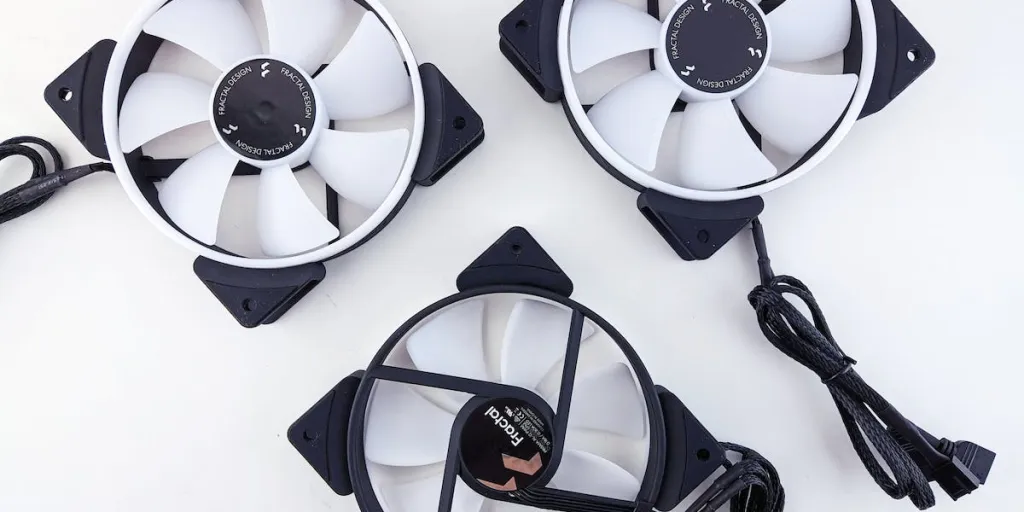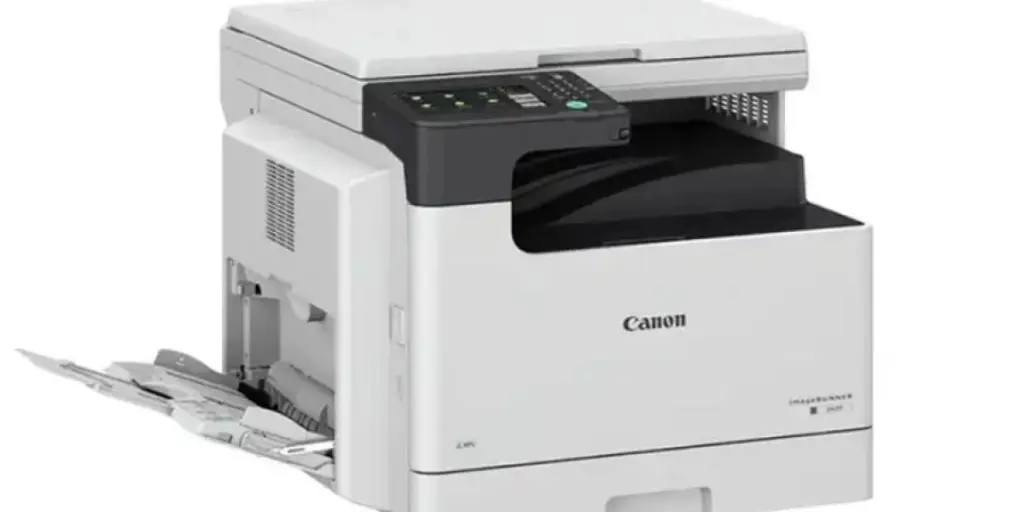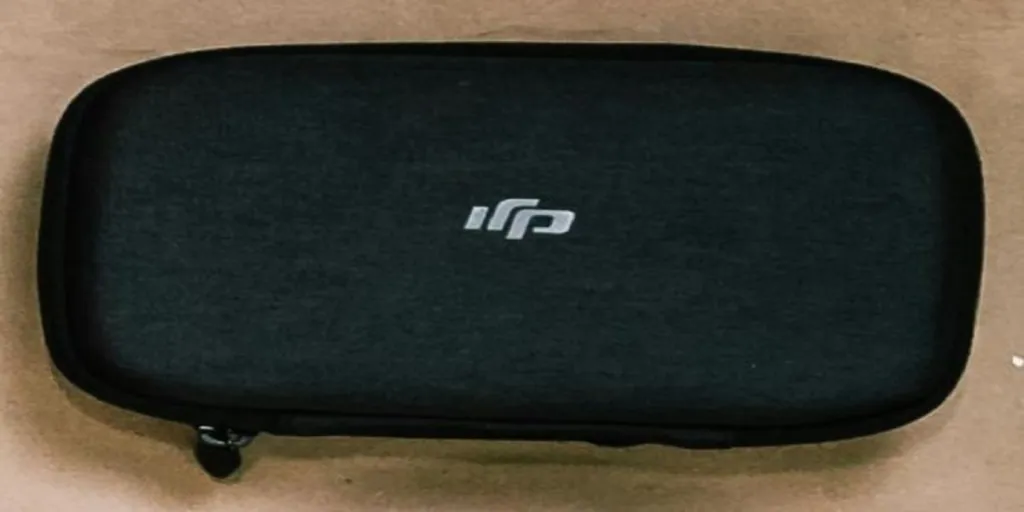Although CPUs and GPUs have cooling fans, they won’t do a good job if the PC doesn’t have the right ambient temperature. That’s why consumers need case fans for efficient thermal management.
Typically, custom PCs ship with one terrible fan because manufacturers leave the fan configuration to the user—and that’s a good thing! That way, PC builders choose the best setups to ensure optimal performance and long-term reliability.
Retailers can cater to this market by stocking up on computer cooling fans. So, here’s how to choose them in 2024.
Table of Contents
What will the cooling fan market look like in 2024?
5 things to consider when buying computer cooling fans to sell in 2024
Final words
What will the cooling fan market look like in 2024?
Cooling fans are an essential part of PC building, and the market has witnessed explosive growth recently. Experts note that the global cooling fan market settled at US $7.9 billion in 2022. They also say the market will grow beyond US $21.2 billion by 2032 at a 10.4% compound annual growth rate (CAGR).
Furthermore, the market owes its surging growth to the following factors:
- The rising demand for gaming and high-performance computers is set to boost the need for cooling fans.
- The increasing number of data center infrastructures and the rising adoption of cloud-based services are also pushing demand for cooling fans.
5 things to consider when buying computer cooling fans to sell in 2024
1. Speed
A cooling fan’s speed directly impacts its ability to dissipate heat effectively, and the best way to determine a fan’s speed is through its RPM (rotations per minute). Generally, higher RPMs result in greater airflow, leading to faster heat dissipation.
More importantly, faster fans are also more efficient at moving air through heat sinks or radiators, which helps enhance the PC’s overall cooling performance. However, higher-speed fans may also generate more noise.
So, opting for fans that balance cooling performance and noise should be one of the top priorities when choosing cooling fans—especially for consumers who prioritize low-noise environments.
Here’s a table showcasing the different case cooling fan speed (RPM) ranges and their ideal applications:
| Fan speed | Ideal applications |
| Low RPM (800 to 1,200) | These fans are the go-to for silent operations in less demanding applications. |
| Medium RPM (1,200 to 1,800) | These fans strike a balance between airflow and noise. |
| High RPM (1,800 to 2,500+) | Manufacturers design these fans for maximum airflow and cooling performance. |
Note: Some case fans come with adjustable speed settings, allowing users to customize their cooling speed.
2. Fan size
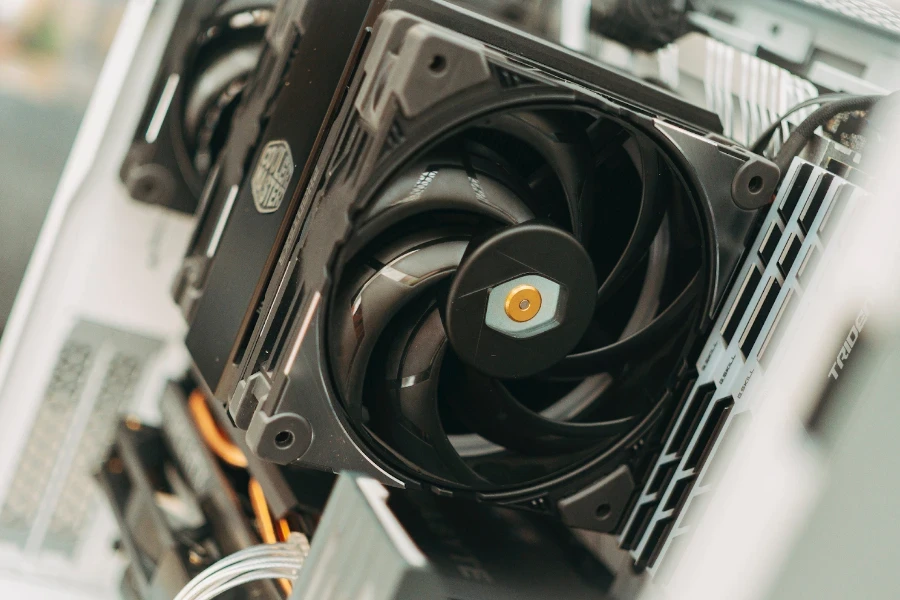
Size is arguably more important than speed when choosing cooling fans. It influences how much air the fan can push and depends on two main factors: the blade’s surface area and how fast it spins.
Technically, bigger fans can produce more air because they have larger blades. In addition, bigger fans usually generate less noise than their smaller counterparts due to lower rotational speeds. Here’s a table showing the different cooling fan sizes:
| Fan size (millimeters) | Description |
| 40 mm | The go-to fan size for small PC cases, lower-end CPU coolers, and non-PC enclosures (like NAS units). Runs at high RPMs to provide enough cooling (6,000 RPM upwards). 40-mm case fans are the noisiest on the market. |
| 80 mm | These fans are more common in mini-ITX cases. 80 mm is the standard for low-end and compact CPU coolers. Perfect for situations where weak cooling isn’t an issue. |
| 92 mm | 92-mm case fans are more common in prebuilt PCs. |
| 120 mm | It is one of the most common cooling fan sizes. 120 mm can work in almost any PC case. Offers significantly better performance than smaller fans. |
| 140 mm | The second most common cooling fan size. It offers a small but significant upgrade from its 120 mm cousin. Ideal for larger mid- and full-tower cases. Interchangeable with 120 mm fans. Offers better performance at lower fan speeds and noise levels. |
| 180 mm | It offers an upgraded airflow performance compared to 140-mm fans. They can outperform most 140 mm at low RPMs, making them ideal for air-cooling hardware. |
| 200 mm | These fan sizes only work in the largest full- and super-tower cases. 200-mm fans also offer impressive low-RPM performance but may be more expensive than other sizes. |
3. 3-pin or 4-pin (PWM)?
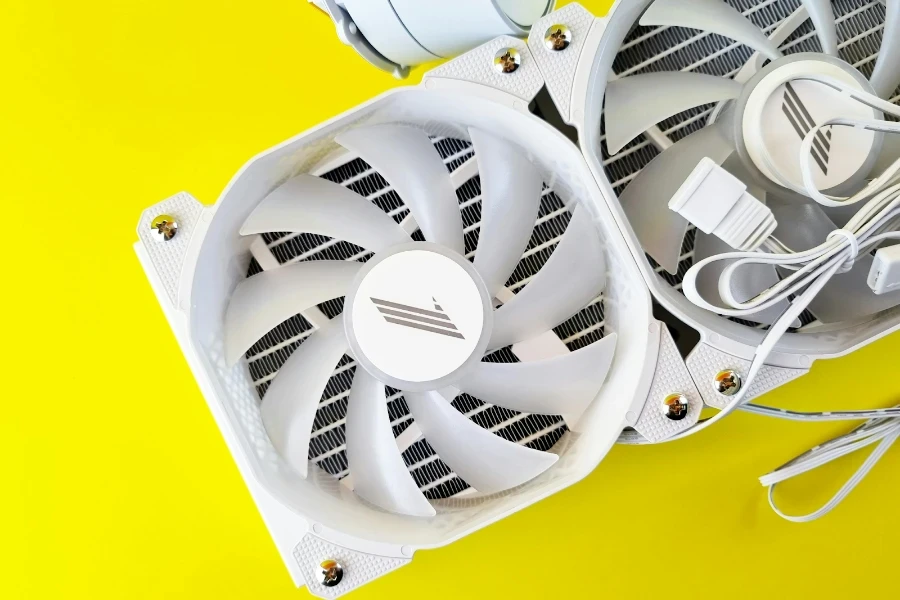
Case fans offer one significant benefit that makes them the safest bet for PC cooling: intelligent microprocessor-based speed control. In contrast to standard DC fans with two wires (VCC power and ground), the most basic case fans offer an extra wire for tachometer signals.
What does this tachometer signal do? It helps transmit the case fan’s rotation speed via an onboard hall-effect sensor. As a result, the computer can easily detect and control the fan’s speed, achieving the perfect balance between quiet and cooling performance.
However, the system controls the speed by dropping the voltage in 3-pin designs, which works perfectly at higher speeds but may affect lower fan speeds negatively.
The solution? 4-pin case fans! Although these are more expensive, they solve the voltage issue by adding an extra wire for PWM (pulse width modulation) signals.
4-pin variants stick to a constant voltage but still control the speed by using high-frequency switching circuitry to turn the fans on and off rapidly per second. This added complexity and extra components make 4-pin fans more expensive than their 3-pin counterparts.
4. Bearing types
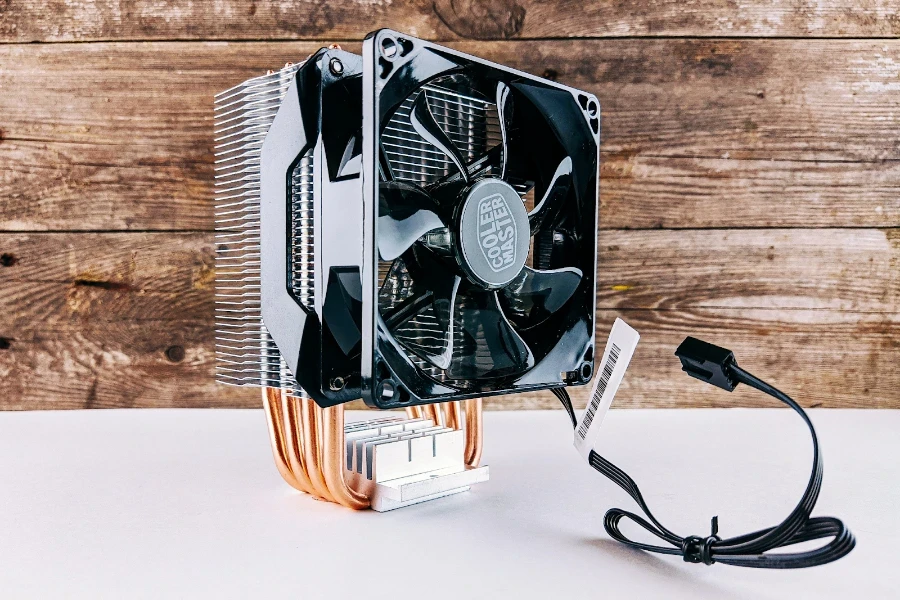
The bearing type determines a case fan’s lifespan, cost, and operating noise, so it’s one of the important things to consider before stocking up on case fans. Businesses can choose from three different bearing types, explained below:
- Sleeve bearings: These bearing types are common in the cheapest fans. They offer a quiet performance on their first use but generate more noise in the long run. Fans with sleeve bearings are also unreliable but will do the job for consumers on a budget.
- Double ball bearings: These offer designs with reduced friction, which helps to prolong fan life and allow multi-orientation use. They’re perfect for users who don’t mind extra noise in their cooling setup.
- Fluid dynamic bearings: These hybrids combine the quiet operation of sleeve bearings with the reliability of ball bearings. Such fans offer the longest lifespan while supporting multi-orientation installation, and they are the go-to for consumers looking for the best options regardless of price.
5. Fan thickness
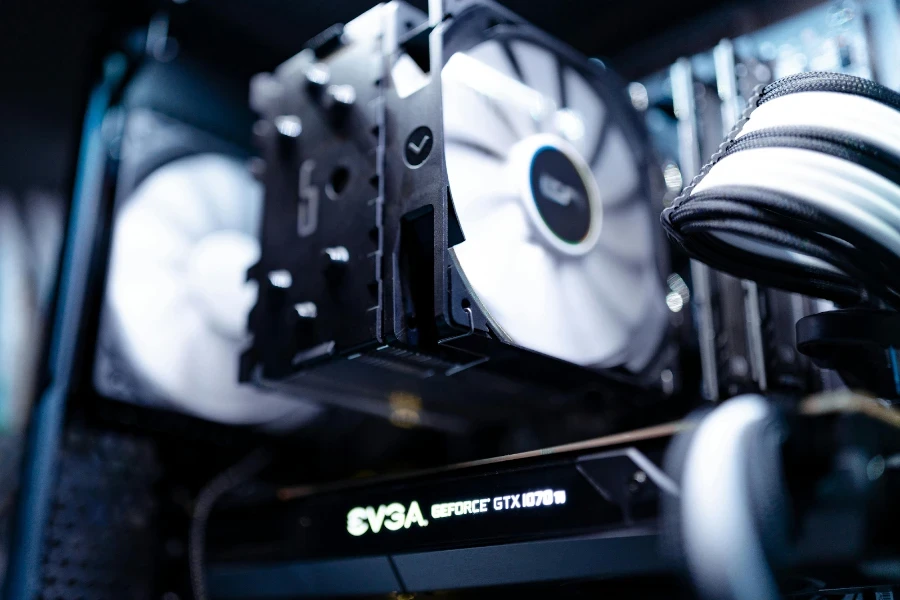
Fan thickness (typically 10 mm to 40 mm for desktop PCs) is crucial for proper airflow. Thicker fans offer better performances due to their designs allowing steeper blades, allowing them to draw in more air per rotation.
In addition, the increased depth and thickened frame enhance the blade surface area and improve the suction effect, resulting in higher static pressure. As a general rule of thumb, thicker fans are always better than their thinner counterparts.
Final words
Thermal management is a necessary part of PC building that determines how well a build will perform or last. While most components like GPUs, CPUs, and PSUs come with built-in cooling systems, they’ll need support from case fans to function optimally.
Now that consumers can’t build PCs without efficient cooling, businesses can capitalize on this need by offering various computer cooling fans.
Don’t worry about the market being too tight. This article provides everything sellers need to make the best offers in 2024!
